
The South American tropics ranks as one of the world's most diverse areas for birds, according to WWF statistics. Over 1,300 bird species are found in the Amazon, 28 of which are endemic to the region. Let's take a visual tour in the super bird park!
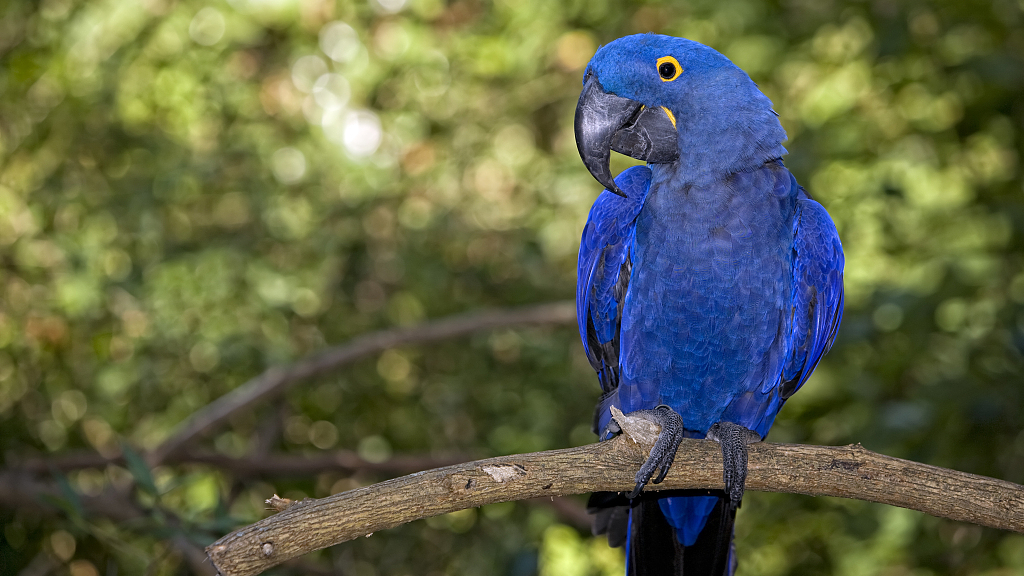
If you have watched "Rio," you must remember Blu and Jewel, a pair of rare blue parrots. The real life "Blu," spix's macaw (not the pictured), was not so lucky to have a family. /VCG Photo
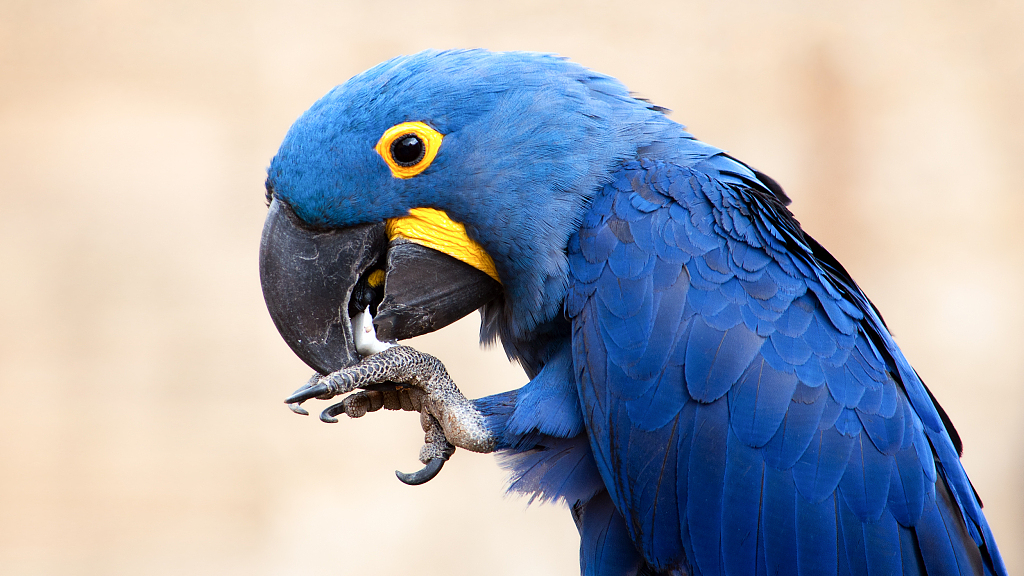
IUCN's red list still marks the spix's macaw as critically endangered, but the estimated population is only 1 to 49 individuals. Its cousin, Hyacinth macaw (pictured), is also listed as vulnerable with a population of 4,300 mature individuals. They are severely threatened by illegal pet trade and habitat loss. /VCG Photo

In fact, the macaw is a big family with six genuses, all native to Central and South America. /VCG Photo
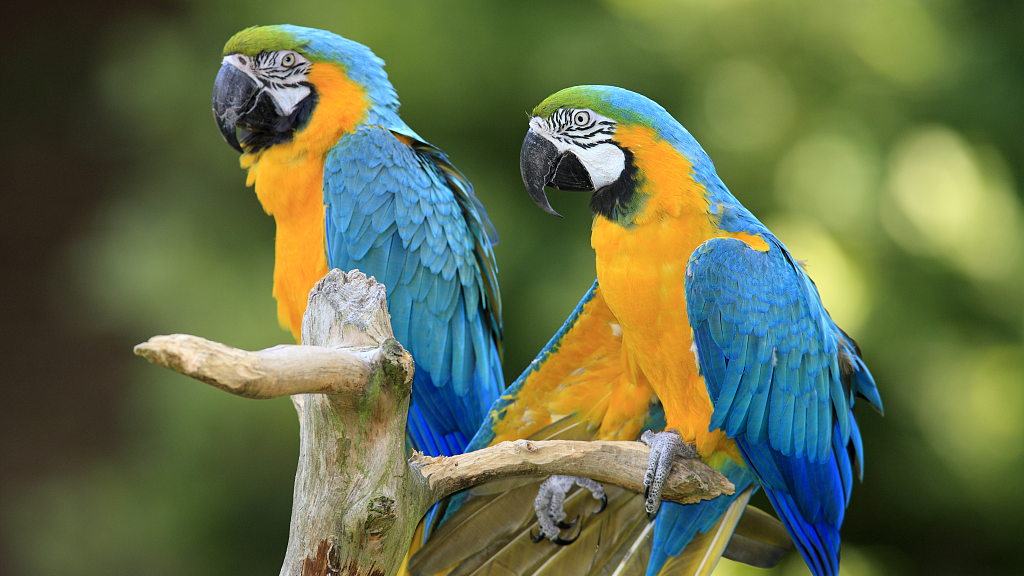
Macaws are best known for their bright-colored feathers and graceful long tails. Most of them are endangered in the wild due to the rapid rate of deforestation and illegal trapping for pet trade. /VCG Photo
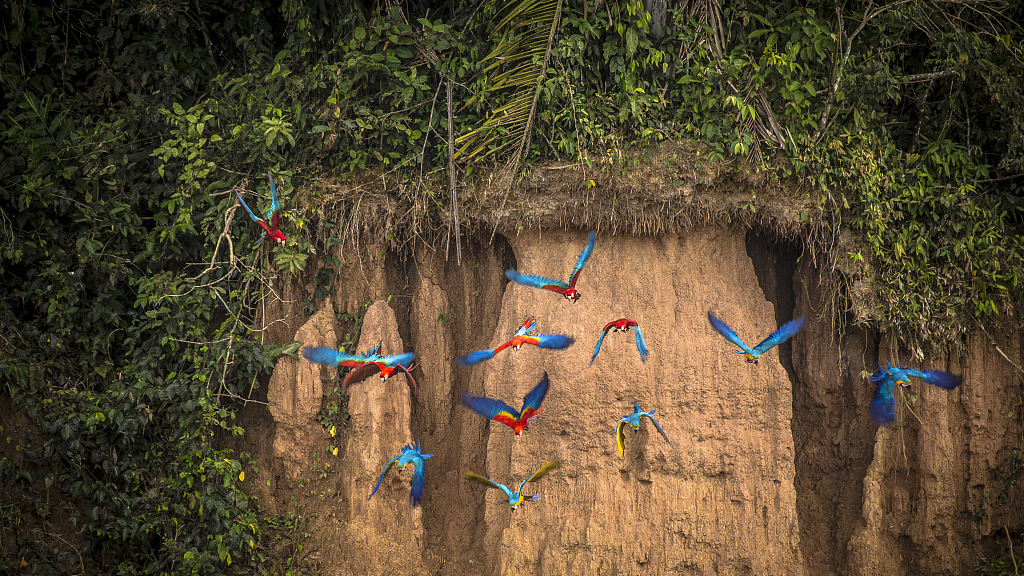
Out of 19 species of macaws listed by the IUCN red list, six are endangered or critically endangered. /VCG Photo
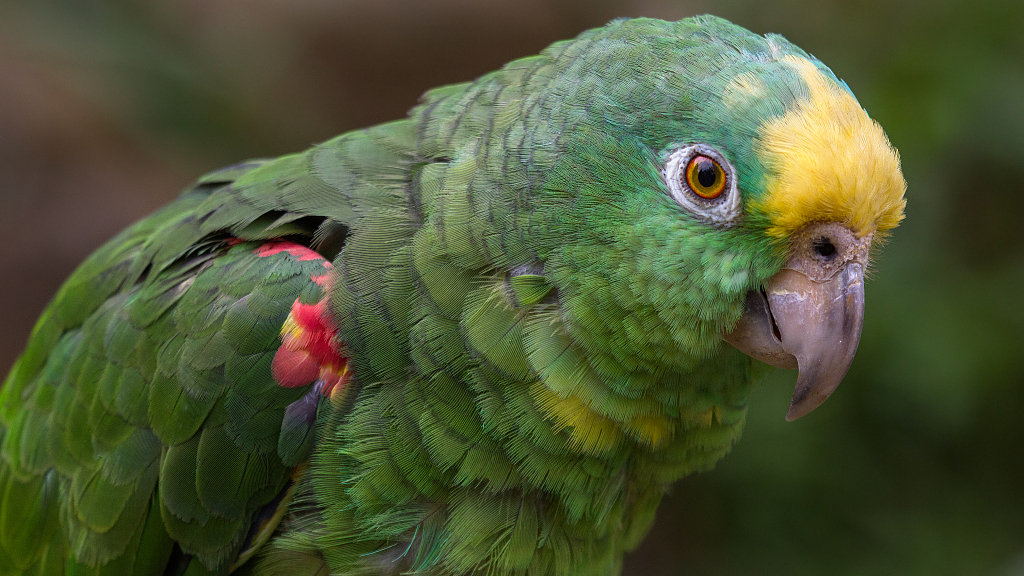
Another species which shares the same name as the area is the Amazona bird or amazon parrot. Most amazon parrots have green feathers, like flying emeralds in the jungle. /VCG Photo
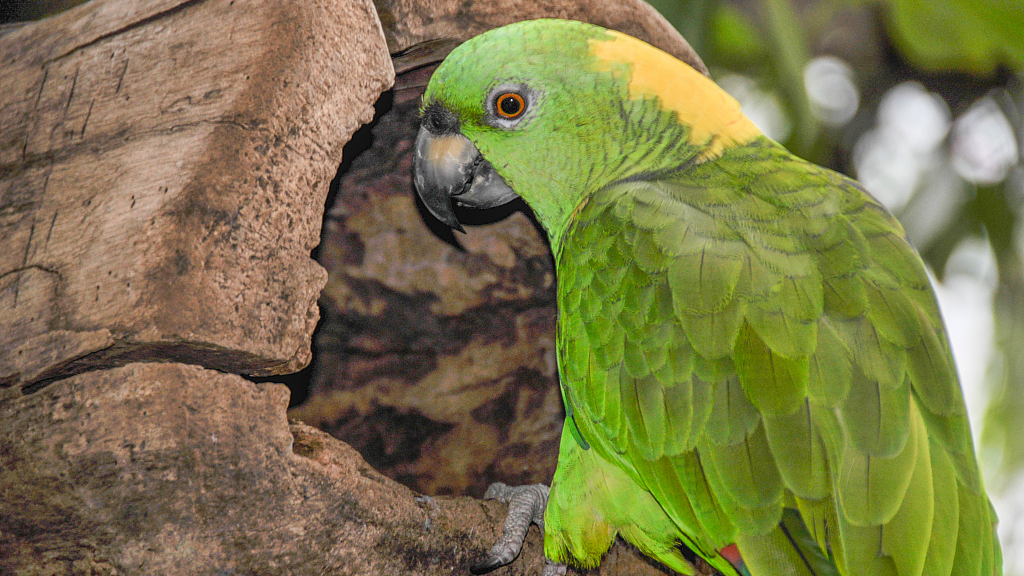
Sadly, most species in the Amazona genus have decreasing populations. The beautiful creature is also suffering from the illegal pet trade and habitat loss. /VCG Photo
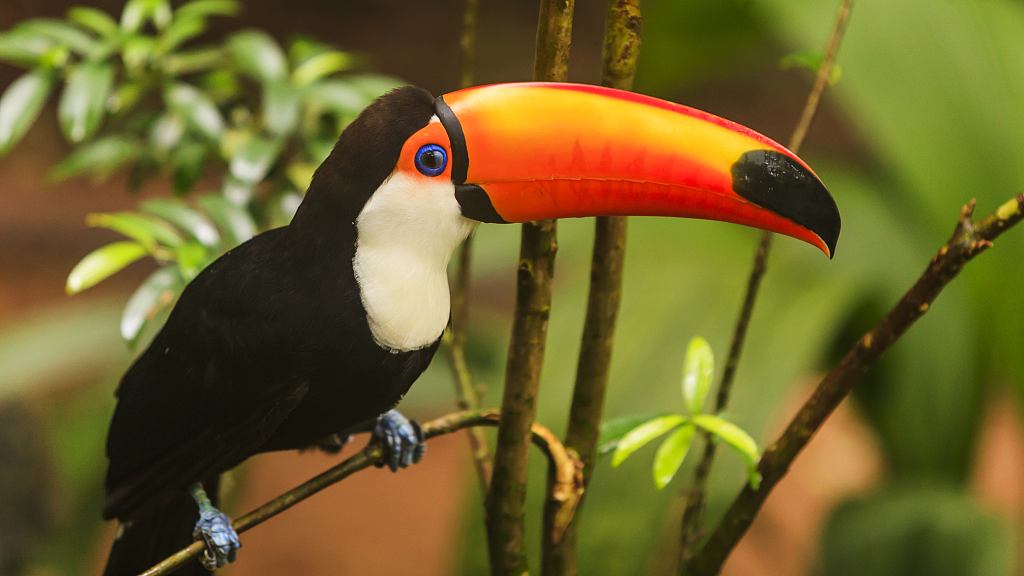
Don't confuse a toucan with a hornbill! Toucans inhabit Central and South America, while hornbills are found only in Asia or Africa. The toucan does not have the noticeable casque, the ridged structure on the bill. /VCG Photo
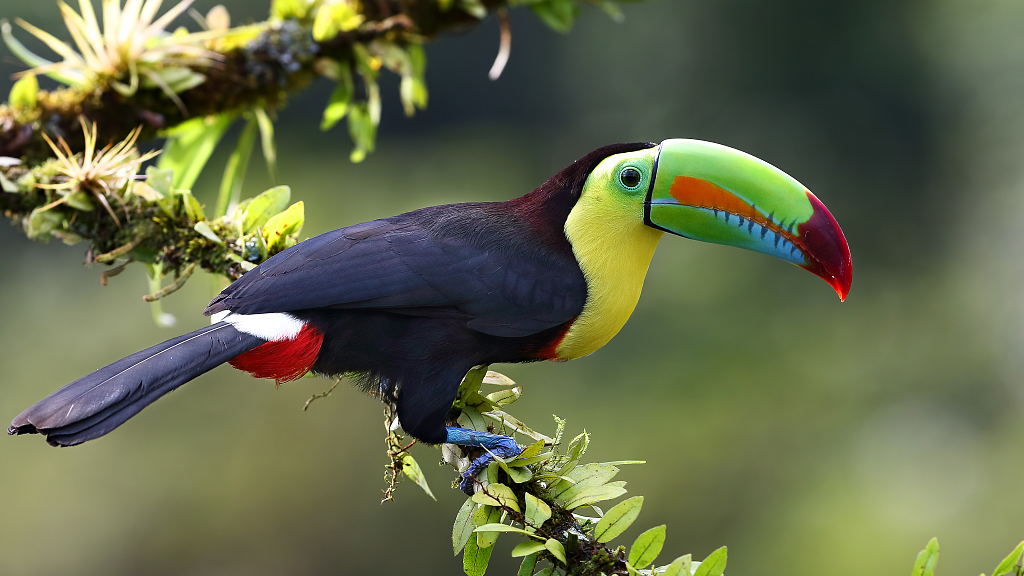
Though the huge beak may be longer than half of the body of some toucan, it is pretty light. The giant bill does not mean the bird is carnivorous; it feeds mainly on fruit. /VCG Photo
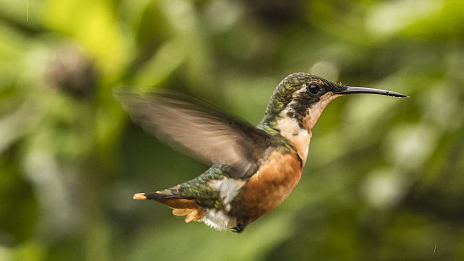
Hummingbirds love the Amazon for its abundant food and warm climate. Because of the constant availability of nectar and fruit in the rainforest, several hummingbird groups even focus exclusively on one or two kinds of food. Hummingbirds are the only birds that are nectar feeders, and they are attracted to red, orange and yellow flowers. /VCG Photo
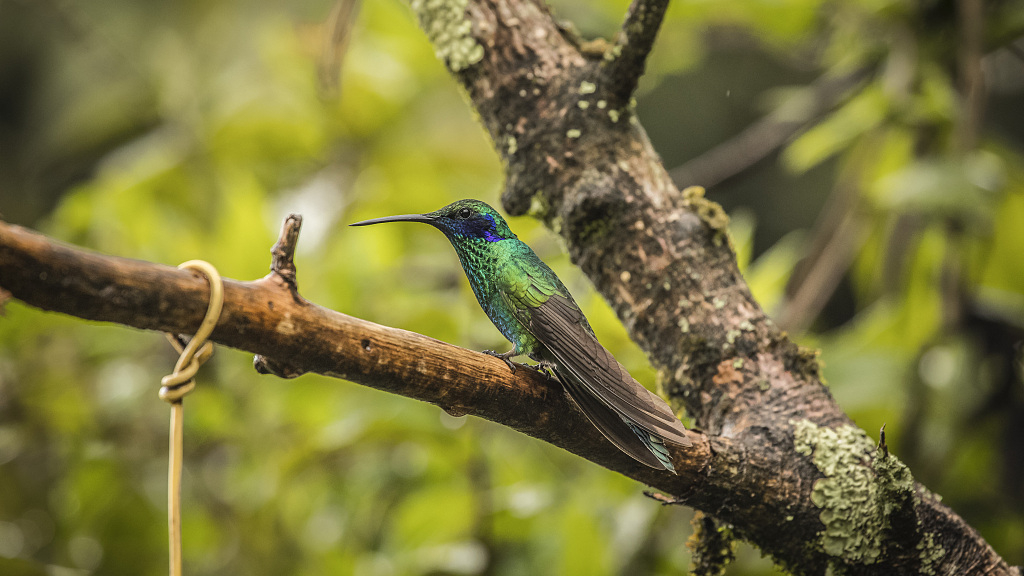
Do you know? Hummingbirds have an enlarged heart for greater pumping, so they have the fastest beating hearts (1,260 beats per minute) among animals. Another fun fact is, hummingbirds are the only bird in the world that can fly both forwards and backwards. Some species can flap their wings 80 times a second. /VCG Photo
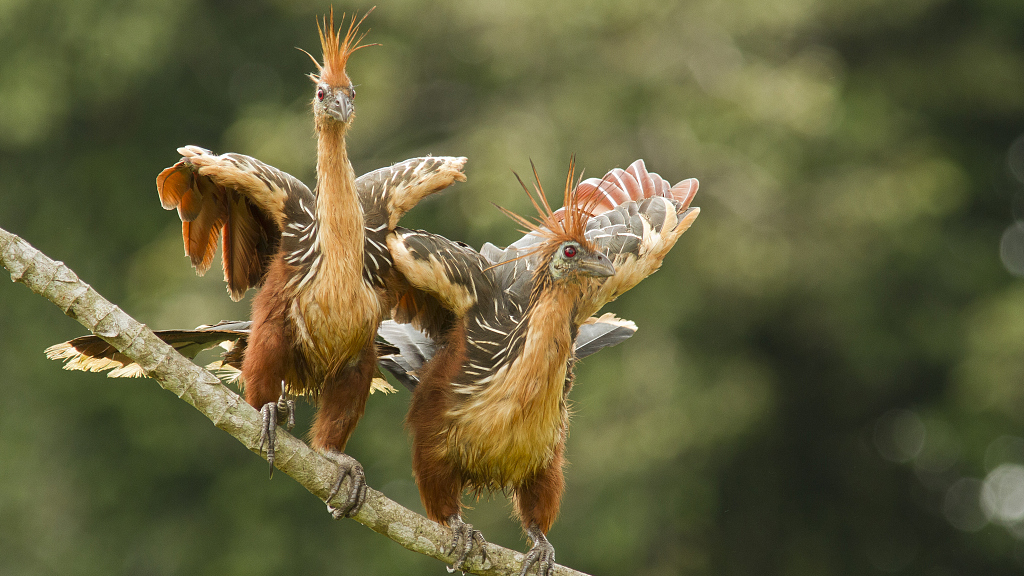
The hoatzin is found on the streams and oxbow lakes of the Amazon river system. Its crest makes it very conspicuous. /VCG Photo
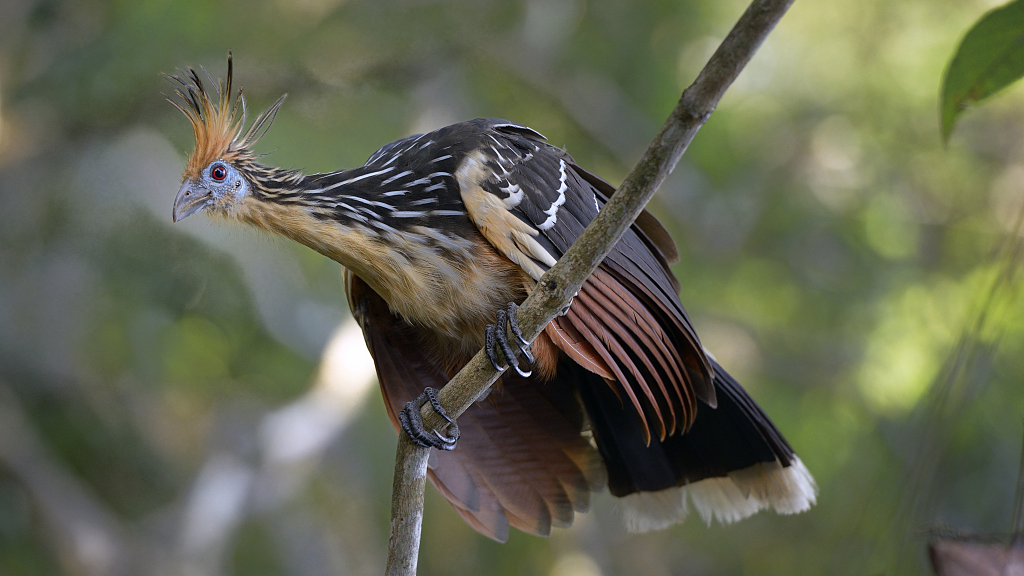
The hoatzin feeds mostly on leaves, which represent more than 80% of its diet, obtained from plants that contain toxic compounds. The bird will not be poisoned because the leaves are detoxified inside its stomach. /VCG Photo
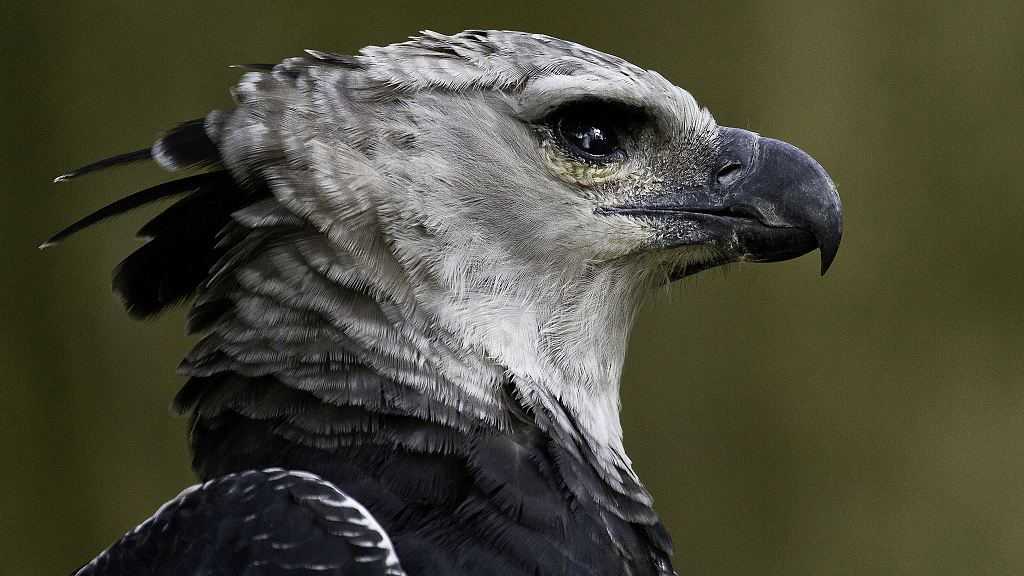
The Harpy eagle lives across much of Central America in addition to the Amazonian jungles. It is the largest and most powerful raptor found in the rainforest, and among the largest extant species of eagles in the world. /VCG Photo
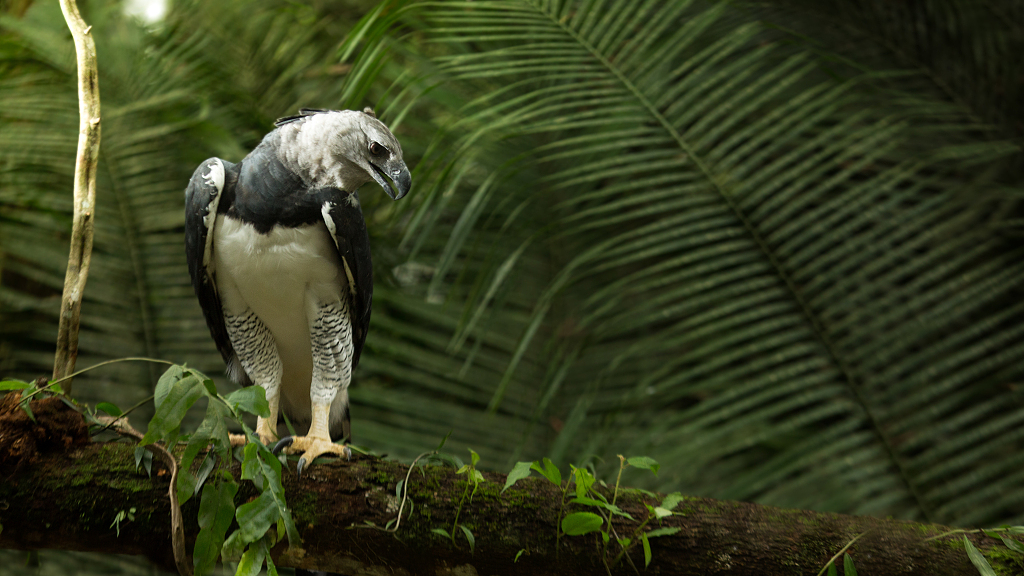
Despite being skilled hunters and apex predators, they face significant threats from human activities, especially those related to habitat loss as large swaths of the Amazon rainforest are cleared for land development. /VCG Photo
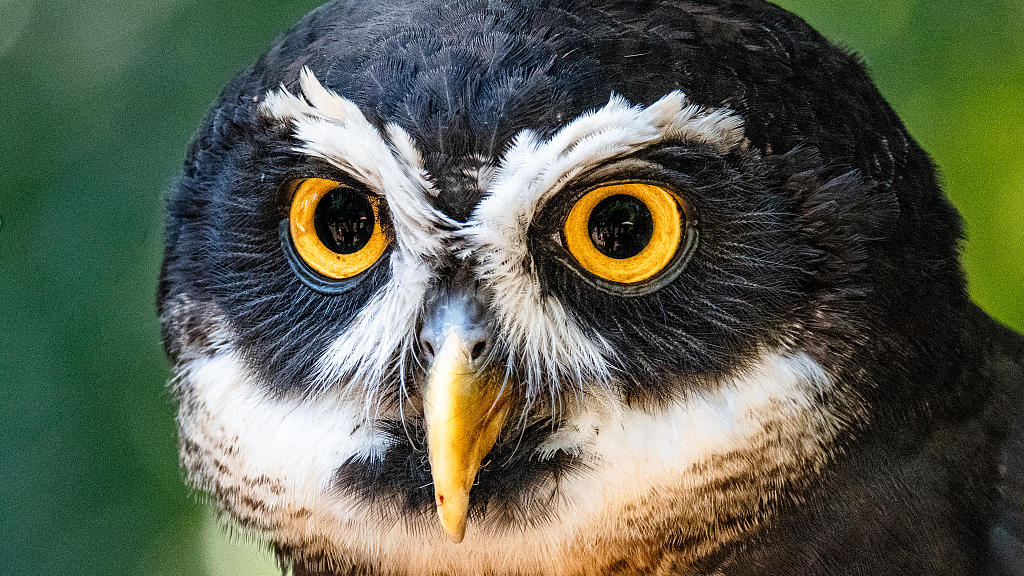
The spectacled owl is the only owl species known to permanently inhabit the rainforests of the Amazon basin. As its name suggests, it looks like its wearing spectacles. /VCG Photo
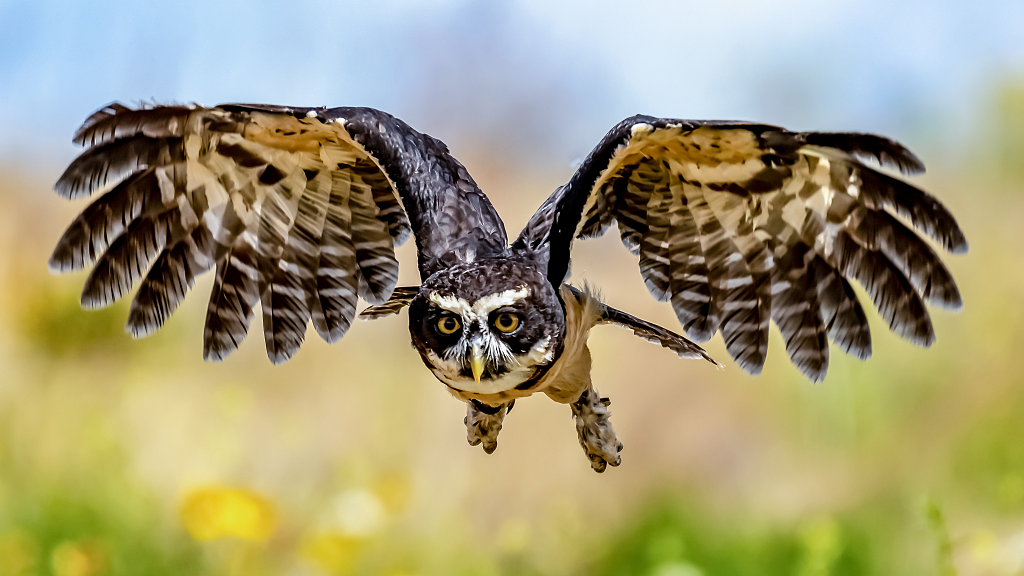
The spectacled owl is dominant predator in the jungle. Records show that it can kill a three-toed sloth, which weighs more than four times the owl's weight. /VCG Photo

Though the rainforest seems to be a Garden of Eden, there are still predators. The king vulture is one of the largest and most imposing. /VCG Photo
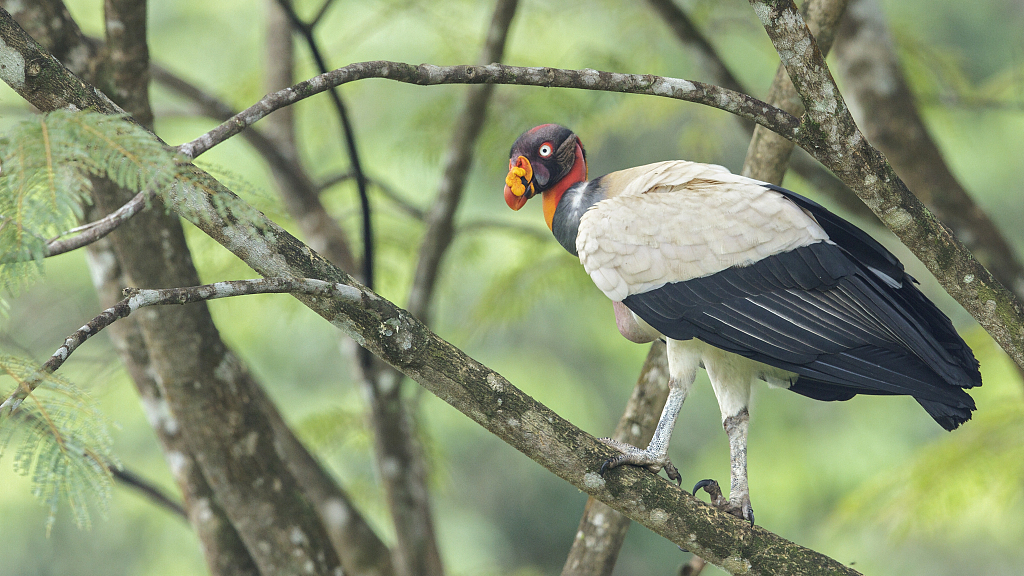
The king vulture can soar for hours effortlessly, only flapping its wings infrequently. As a scavenger, its only natural predator are snakes. /VCG Photo
(Cover image via VCG, designed by CGTN's Zhang Xuecheng)
(If you want to contribute and have specific expertise, please contact us at nature@cgtn.com.)

Copyright © 2018 CGTN. Beijing ICP prepared NO.16065310-3
Copyright © 2018 CGTN. Beijing ICP prepared NO.16065310-3